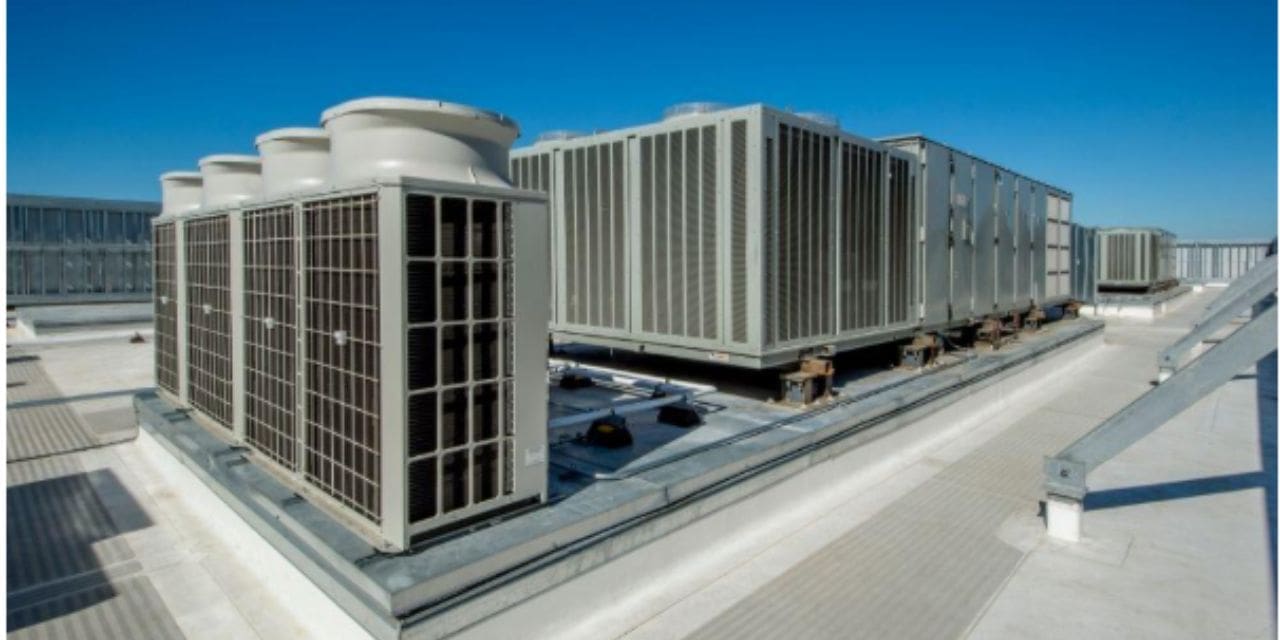If you’re running a manufacturing business, you know downtime is the enemy. When your AC system fails, it’s not just about comfort—it’s about keeping operations smooth, protecting your equipment, and ensuring your workforce stays productive. A broken AC can cause machinery to overheat, materials to degrade, and employees to work inefficiently.
That’s why you need a solid AC Repair Checklist to prevent cooling failures before they cost you thousands. Here’s what every manufacturer should do to keep their HVAC system in peak condition.
The 10-Step AC Repair Checklist for Manufacturers
1. Check and Replace Air Filters Regularly
Why? Dirty air filters restrict airflow, making your AC work harder and increasing the risk of breakdowns. In a manufacturing setting, dust and debris accumulate faster, clogging filters quickly.


2. Inspect and Clean Condenser Coils
Why? Condenser coils accumulate dust and debris, reducing cooling efficiency and increasing energy bills. This forces your system to work overtime, leading to costly repairs.


3. Monitor Refrigerant Levels
Why? Low refrigerant levels cause inefficient cooling and potential compressor failure. In a manufacturing plant, improper cooling can cause heat-sensitive equipment to malfunction.


4. Test Your Thermostat for Accuracy
Why? A faulty thermostat leads to uneven cooling and unnecessary wear on your system. If your thermostat isn’t accurate, some areas may be too hot while others are too cold.


5. Listen for Strange Noises and Smells
Why? Weird sounds or odors are red flags that something’s wrong.
- Loud banging? Possible loose parts.
- Hissing sound? Refrigerant leak.
- Burning smell? Electrical issue.
- Musty odor? Mold in the ducts.


6. Clean and Unclog Drain Lines
Why? Clogged drain lines lead to leaks, water damage, and mold growth. In humid environments, AC units produce condensation that needs to drain properly.


7. Inspect Electrical Components
Why? Loose connections or failing capacitors can cause sudden system failures. Faulty wiring can also be a fire hazard.


8. Ensure Proper Airflow Around the Outdoor Unit
Why? Blocked airflow makes your AC work harder and reduces efficiency. In industrial settings, outdoor units are often placed near storage areas where airflow can be obstructed.


9. Schedule Preventative Maintenance Twice a Year
Why? Catching small issues before they become expensive problems saves time and money. A well-maintained system runs more efficiently and lasts longer.


10. Have a Backup Plan for Emergencies
Why? No matter how well you maintain your AC, unexpected issues can still arise. Manufacturing operations can’t afford downtime.


HVAC Trivia Before FAQs



Frequently Asked Questions
Q: How often should I replace my AC filters?
A: Every 1-3 months, depending on air quality and system usage.
Q: What are the signs my AC needs repair?
A: Weak airflow, warm air, unusual noises, or high energy bills.
Q: Can I fix refrigerant leaks myself?
A: No. Handling refrigerants requires special certification. Call Olive Air and Heating instead.
Q: How do I extend the life of my AC unit?
A: Regular maintenance, changing filters, and keeping the unit clean will help maximize its lifespan.
Q: Who should I call for emergency AC repairs?
A: Olive Air and Heating offers fast, reliable emergency AC repair services. Contact us today!
Final Thoughts: Don’t Wait for a Breakdown—Act Now!
A failing AC can cost manufacturers thousands in lost productivity and repairs. By following this AC Repair Checklist, you can avoid costly downtime and keep your operations running smoothly.
For expert HVAC maintenance, contact Olive Air and Heating today.

